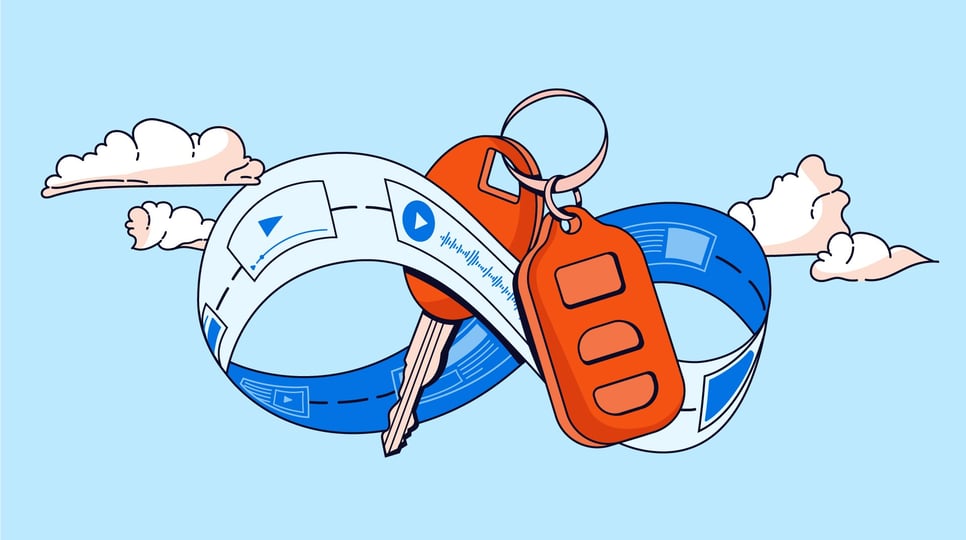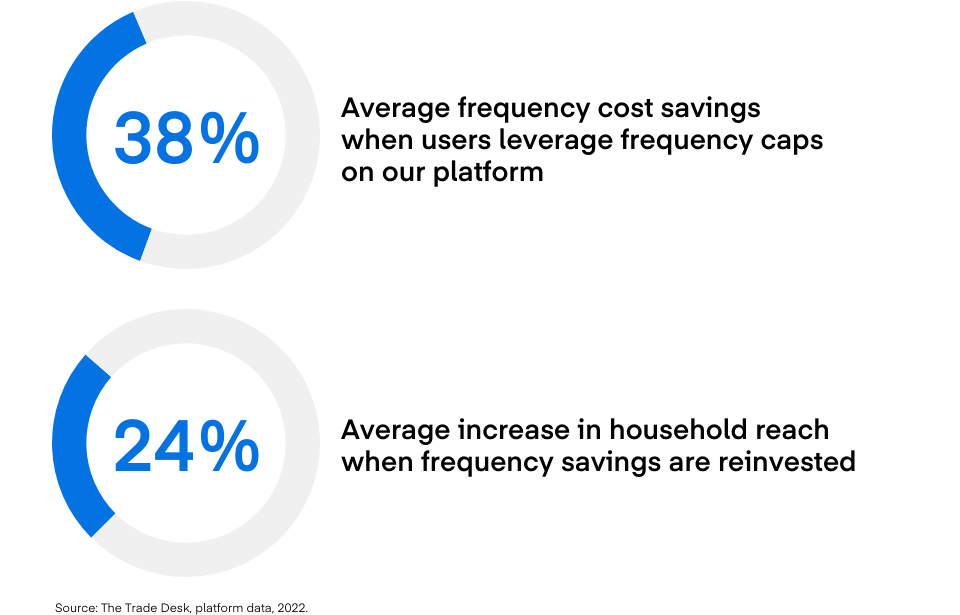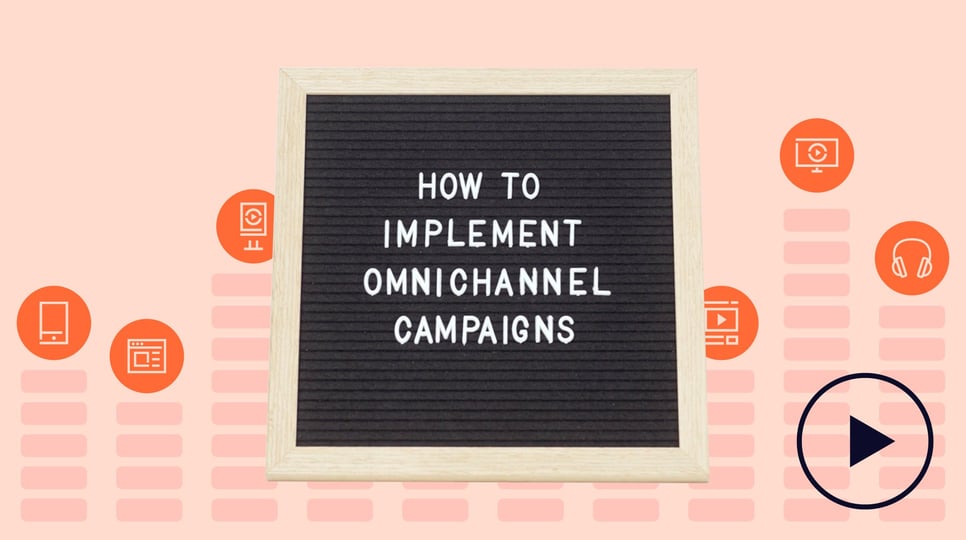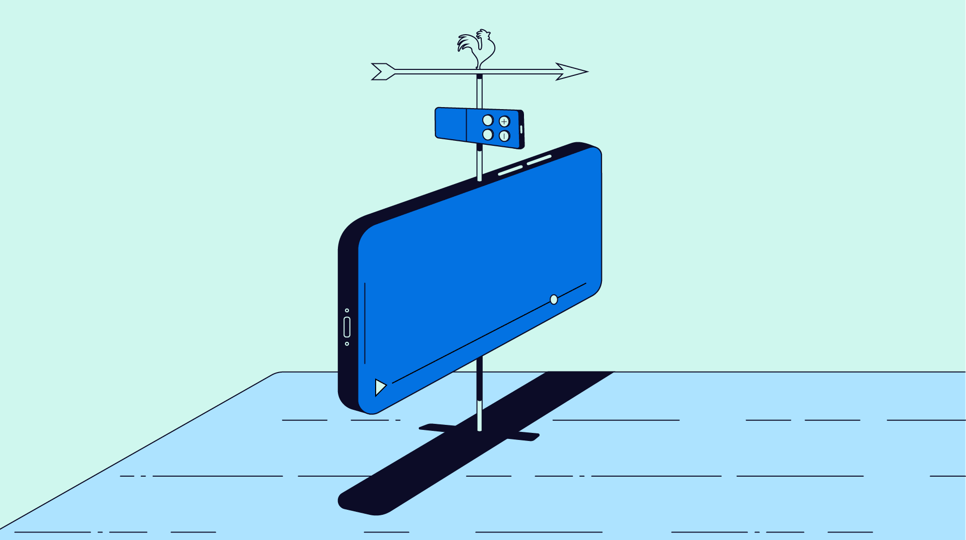Resources Omnichannel
Webinar: Deep dive into the evolving auto purchase journey

Select your country or region to see content tailored to your country.
Recruiting fraud is a growing issue for many companies.
The Trade Desk takes this issue seriously and is taking steps to address it.
Our platform
Switching from multichannel to omnichannel marketing can help your brand stay relevant and effective as well as demystify reach, improve ad experiences, and drive performance efficiencies. Discover how you can do it all on The Trade Desk’s platform.

In today’s digital age, it’s no secret that your audience is consuming media across a multitude of channels and devices. While it might be tempting to address this challenge with multiple independent campaigns across various vendors, in doing so you could miss a golden opportunity to unify your campaigns and orchestrate your efforts. An omnichannel strategy using a demand-side platform (DSP) like ours can give you the frequency and message-sequencing control you need to help you increase reach and impact.
Don’t believe us? We’ve compiled data to showcase the effectiveness of an omnichannel marketing approach. Plus we’re showing you two easy ways to create more value out of your campaigns today — so you can not only adapt to the changing media landscape but also thrive in it.
Audiences are becoming harder to find and demanding more from advertisers. They want more personalized ad experiences, and if you fail to meet these new expectations, it can negatively impact your relationship with them. According to McKinsey & Company’s article “The Value of Getting Personalization Right — or Wrong — Is Multiplying,” 76% of consumers get frustrated when they don’t receive personalized experiences.
The simplest way to prevent negative ad experiences is by managing your frequency settings. This can be challenging when publishers independently handle your budgets, as each publisher maintains a distinct perspective on the audience’s ad experience. But when you centralize your buys within a single platform, you can sidestep oversaturation while gauging the influence of frequency settings on unique reach and performance.

Note: To help increase your overall reach on Connected TV (CTV), try excluding audiences that have already been exposed to ads on linear TV.
When it comes to omnichannel marketing, each channel should play a distinct role in creating a personalized experience. Some channels are more beneficial for building awareness with high-value assets, while others are great for driving converters with customized ads. These channels should work together, moving your audience down the funnel.
Some advertisers have achieved this is through sequential messaging. Simply put, you start with brand-building channels like CTV, and then retarget the same exposed audiences with lower-funnel channels like display or online video — creating a more seamless experience.

Our omnichannel approach was aimed at driving event registrations. The combination of CTV, mobile, desktop, and tablets in a single plan helped us maximize both reach and performance.
Demand-side platforms like ours help put you in control.
Note: Cross-device technology can play a key role in unifying audience experiences.
Marketers face a number of new challenges and demands today, and many of these can be effectively tackled through the implementation of an omnichannel approach.
You typically don’t need dozens of direct insertion orders to find your audience; you just need some data. No matter how your audience chooses to spend their time across media channels, a data-driven strategy can give you the flexibility to reach them in the moment. Even an elusive audience that tries to avoid ads at all costs can be reached through channels like digital out-of-home, which is great for creating engaging moments.
Both marketers and consumers can likely agree: Repeatedly seeing the same ad in a brief time period is just plain annoying. But oversaturation is a choice. When you leverage programmatic advertising, you can easily prevent it. Frequency controls paired with real-time performance insights can help you set the right frequencies based on your goals and performance.
Every channel comes with its own strengths, and you can get the most of your investments when you make sure your channels are working together. Tools for retargeting previously exposed audiences, or dynamically adjusting messaging based on consumer engagement, can help you personalize experiences and drive results.
For additional omnichannel benefits and stats, check out Four benefits of omnichannel advertising that you might be missing out onthis article. And to learn more about omnichannel marketing at The Trade Desk, reach out to your account rep today.
Resources Omnichannel

Resources Omnichannel

Resources Omnichannel
